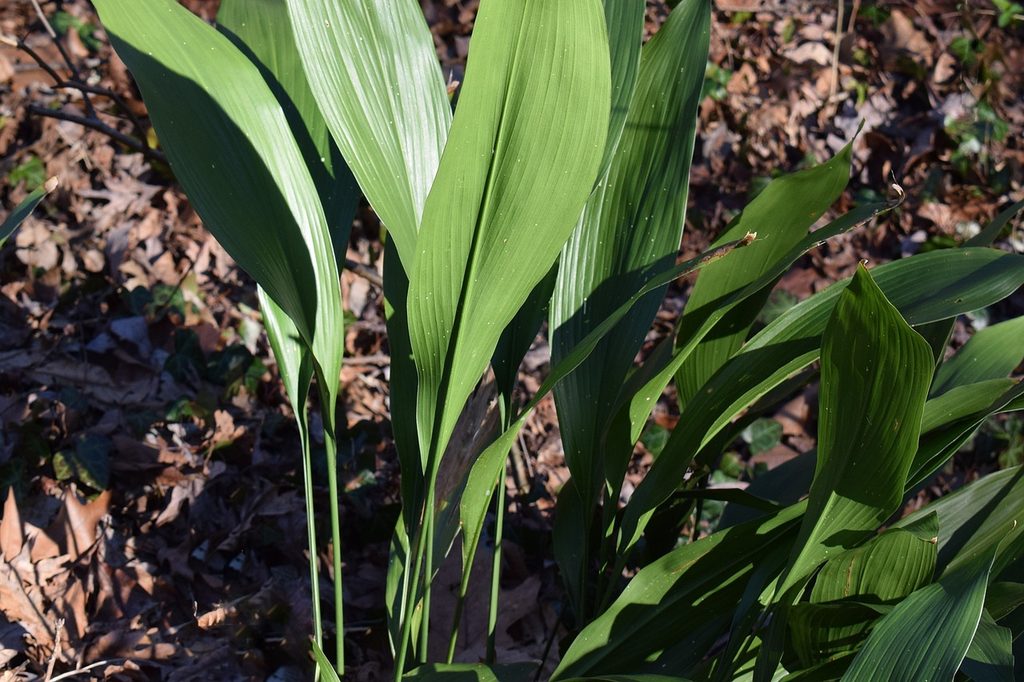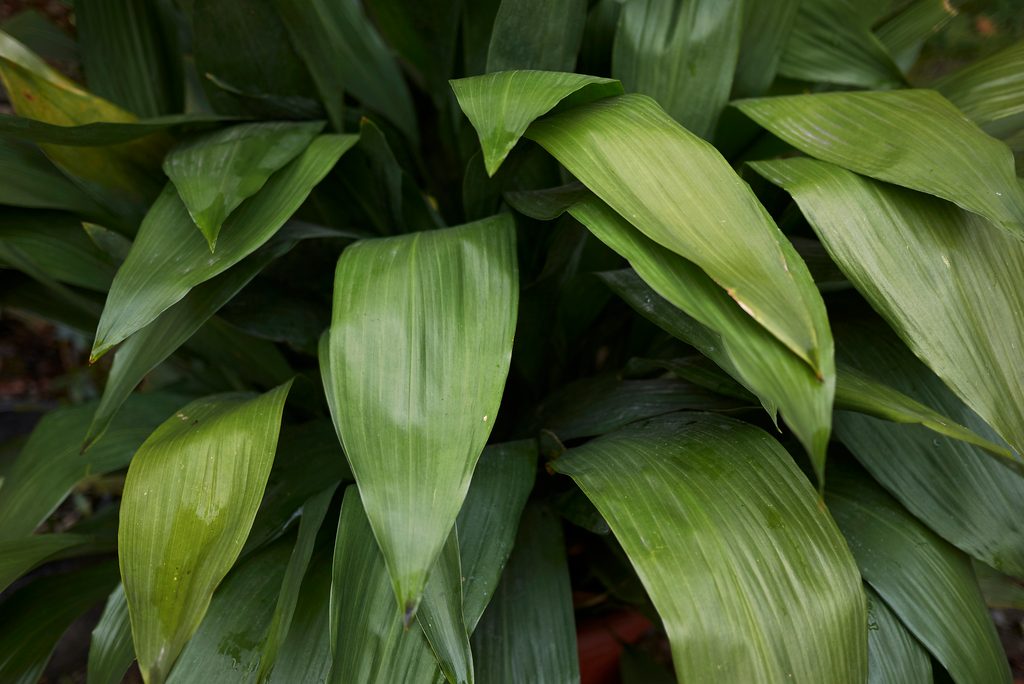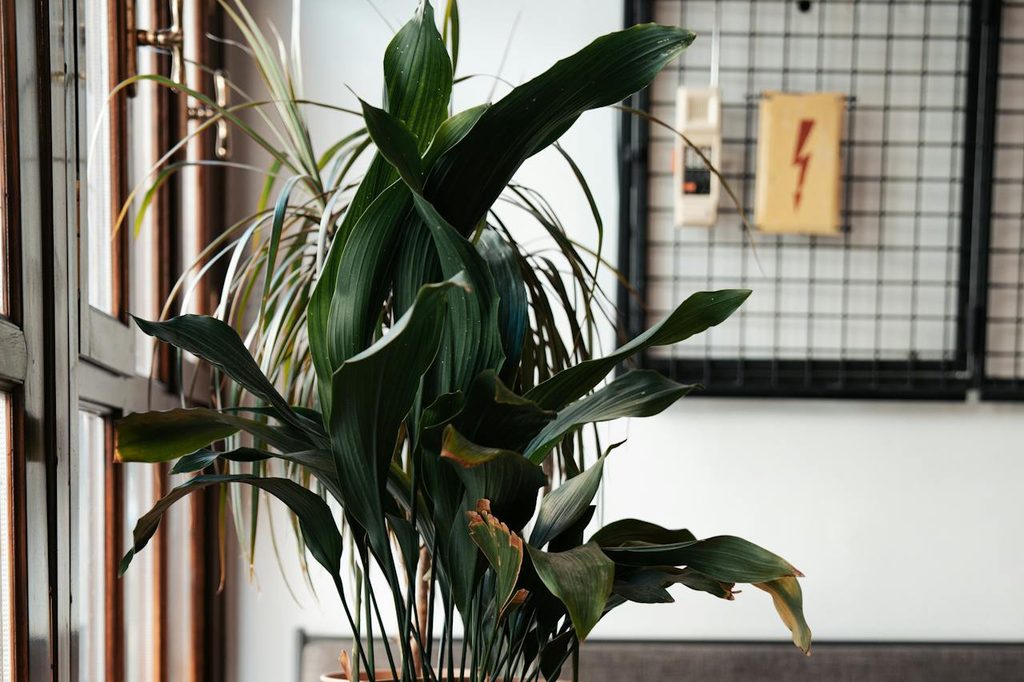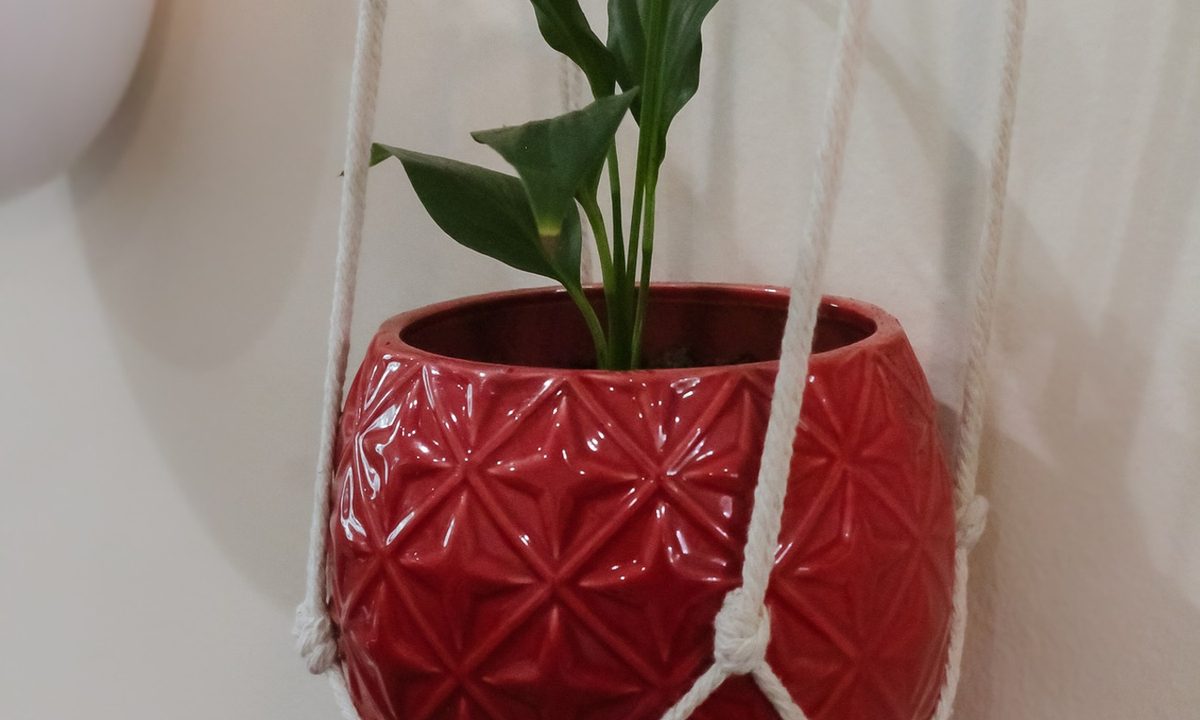Cast iron pans are popular for cooking, and cast iron plants are popular houseplants! Named for their impressively hardy nature, these plants are perfect for beginners or gardeners who haven’t had much luck with more high-maintenance plants. With glossy leaves that resemble peace lilies, cast iron plants are perfect for adding life and greenery to any room.
If you want to add this lovely plant to your home, this guide is for you. We’ll explain what you need to know about these delightful and easy-to-grow foliage plants so that you can enjoy your new houseplant without any worry or stress.
Planting cast iron plants

Plant your cast iron plant in well-draining soil, and choose a container with plenty of drainage holes. While cast iron plants are not picky about the type of soil they grow in, they struggle if the soil is too wet. The same can’t be said for water in the air. Cast iron plants prefer an average to high humidity level, although they can tolerate low-humidity environments. Avoid placing your cast iron plant near drafts or air conditioning vents if possible, so it doesn’t dry out. If there are no other locations you can place it, you can compensate by misting it occasionally.
Cast iron plants are not terribly picky about the amount of sun they receive, either. They thrive in low light, dappled light, and bright, indirect light. They also make great office plants or dorm room plants for this reason. While they can tolerate some direct light, this is not ideal. If you need to place them where they will receive some direct sunlight, rotating the plant so that one section isn’t in the direct sunlight for more than a couple weeks is helpful.
Cast iron plant care

Cast iron plants are drought tolerant and dislike sitting in wet soil for too long, so be sure to let the soil dry in between waterings. Depending on the temperature in your house, how much sun they are getting, and how much water you give them each time, this typically means watering them once every couple of weeks. However, don’t panic if you forget and miss a watering — cast iron plants can withstand drought and neglect.
When growing outdoors, cast iron plants can get by with little to no fertilizer. However, indoor plants need fertilizer, since they don’t have other sources of nutrients to rely on. Any balanced indoor plant fertilizer works just fine for cast iron plants, as they aren’t particularly picky. Regular applications of a liquid fertilizer or one application of a slow-release granular fertilizer are both acceptable. Be sure to read all the instructions that come with the fertilizer, and only fertilize your cast iron plant during spring and summer.
Repot your cast iron plant every few years so it has room to grow. Be sure to use fresh soil when repotting, as excess salts can build up in soil over time from fertilizer use. Using fresh soil prevents this from becoming an issue. Pruning can also help improve your cast iron plant’s appearance and health. Prune it in early spring, when the plant is first coming out of dormancy, to encourage new growth. Cut the plant to a few inches above the soil. You can remove just a few leaves or cut the entire plant back, but remember that the more you take, the longer it will take to regrow.
Pests and problems

Cast iron plants are hardy and resistant to most pests and diseases. Small common household pests such as aphids, spider mites, and whiteflies may bother your cast iron plant from time to time, although the damage from such pests is rarely severe. You can use an insecticidal soap or neem oil to treat severe infestations or prevent them from occurring. Humidity will also help keep them at bay, as these pests thrive in dry air. Dusting your plant with a dry washcloth and misting it lightly is often enough to keep the pests away.
While cast iron plants aren’t susceptible to most diseases, they can develop certain fungal infections, such as leaf spot and root rot. Luckily, these are easy to prevent. Be sure your plant is in well-draining soil, and the container drains as well. Avoid watering the plant if the soil is still wet, and avoid getting the foliage wet when watering. Cast iron plants recover from drought much faster than they recover from overwatering, so err on the side of caution.
Cast iron plants can also develop sunburns if left in direct sunlight for too long. Position them in indirect, dappled, or low light when possible. If you have to place them in direct sunlight, rotating the plant can prevent one side from getting too much light and burning.
These lovely plants are easy to grow, and now you’re ready to bring one home or to your office. Whether you’re looking for an easy starter plant, something that will thrive in a shady office, or something with a care routine that fits easily into a busy schedule, cast iron plants are perfect. Enjoy all the perks of having a houseplant without any of the worry or stress that comes with something high maintenance.



